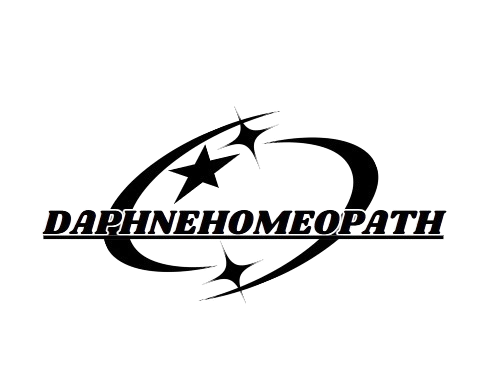Broadcasting is the distribution of audio and visual content to a large, widespread audience through various electronic means. Traditionally, it refers to radio and television, but in today’s digital world, it also includes online streaming, podcasting, and webcasting. Broadcasting has played a critical role in shaping modern society by informing, educating, and entertaining people across the globe.
The roots of broadcasting date back to the early 20th century with the invention of radio. Radio became a revolutionary tool for mass communication, especially during times of war and national emergencies. It brought news, music, and stories into people’s homes, making it a central part of daily life. As technology advanced, television emerged and quickly gained popularity. It offered a combination of sound and visuals, providing a richer and more engaging experience for viewers.
Broadcasting can be categorized into public service broadcasting and commercial broadcasting. Public service broadcasters, such as the BBC in the UK or Doordarshan in India, are often government-funded and aim to provide educational, cultural, and informative content without the primary goal of making a profit. In contrast, commercial broadcasters earn revenue through advertisements and sponsorships and often prioritize entertainment to attract larger audiences.
With the rise of the internet and digital technologies, the broadcasting industry has undergone a major transformation. Digital broadcasting allows for higher quality audio and video, as well as more channels and interactive features. Moreover, internet-based platforms like YouTube, Netflix, and Spotify have become dominant forces in the broadcasting world. They offer on-demand content, giving viewers more control over what they watch and when.
Live streaming and podcasting are modern forms evt-v.com of broadcasting that have gained enormous popularity. They allow individuals, not just large companies, to broadcast content to global audiences. This has democratized broadcasting, giving rise to independent creators and influencers who can reach millions of people through platforms like Twitch, Instagram Live, and Facebook Live.
Despite its growth and importance, broadcasting faces several challenges. One major issue is the spread of misinformation and fake news, especially through unregulated online platforms. Additionally, traditional broadcasters struggle to maintain audiences as younger generations shift to digital and mobile media. To remain relevant, broadcasters are investing in digital strategies, creating online content, and engaging with audiences through social media.
In conclusion, broadcasting remains a powerful and influential tool for communication. From its early days of radio transmission to today’s digital streaming services, it has connected people across borders and cultures. Broadcasting continues to evolve with technology, but its core purpose—to inform, educate, and entertain—remains unchanged. As society moves further into the digital age, broadcasting will continue to play a vital role in shaping public opinion, culture, and global dialogue.
